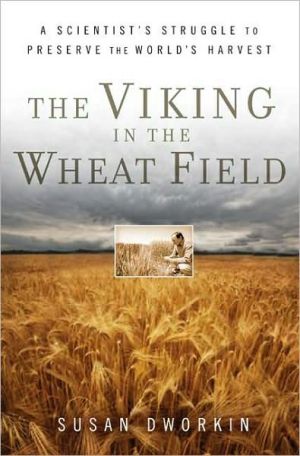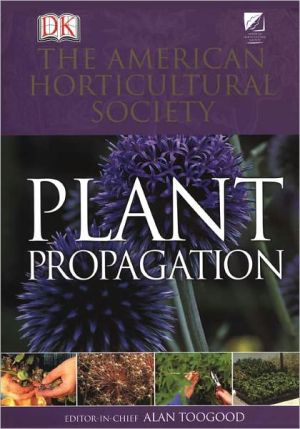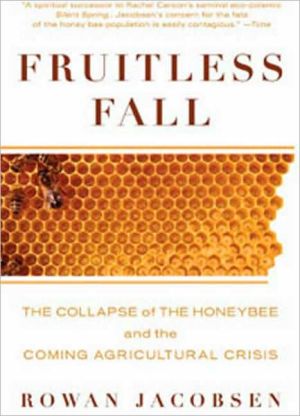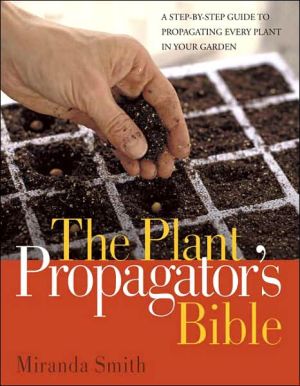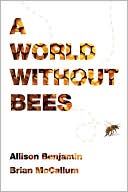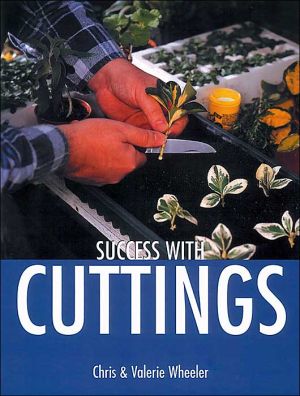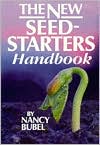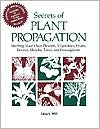Viking in the Wheat Field: A Scientist's Struggle to Preserve the World's Harvest
For thirty years, Danish plant scientist Bent Skovmand served as adviser to dozens of countries and hunted for seeds with genes to resist disease and such environmental stresses as drought, flooding, and global warming. In an era when multinational corporations often jealously guarded patents on plant breeding, Skovmand fought to keep his seed bank a free, open scientific exchange for breeders and farmers everywhere.\ By telling the story of Skovmand and his colleagues, The Viking in the...
Search in google:
For thirty years, Danish plant scientist Bent Skovmand served as adviser to dozens of countries and hunted for seeds with genes to resist disease and such environmental stresses as drought, flooding, and global warming. In an era when multinational corporations often jealously guarded patents on plant breeding, Skovmand fought to keep his seed bank a free, open scientific exchange for breeders and farmers everywhere. By telling the story of Skovmand and his colleagues, The Viking in the Wheat Field sheds welcome light on an agricultural sector—plant genetic resources—on which our food supply is crucially dependent. Kirkus Reviews Illuminating biography of Bent Skovmand (1945-2007), a prescient Scandinavian scientist who devoted his career to amassing, categorizing and genetically developing a global seed bank that could save the world from famine. Journalist Dworkin (The Nazi Officer's Wife: How One Jewish Woman Survived the Holocaust, 2000, etc.) frames the story of Skovmand's life with the 1999 outbreak of a new strain of stem rust, "Ug99," which decimated fields across the globe. Ug99 demonstrated to farmers and researchers everywhere the importance of "plant genetic resources," Skovmand's life work. Developments in cross-breeding and selective gene modification enable geneticists to create varieties of seeds that have built-in resistance to biological predators. When a strain like Ug99 emerges, researchers turn to germplasm, or seed, collections-like the one at the Center for Improvement of Maize and Wheat (CIMMYT) in Mexico, where Skovmand worked for close to 30 years-to find the one genetic variation that is capable of resisting it. Then they breed it and provide it to farmers worldwide. Isolating the exact kind of wheat that contains the specific gene required is painstaking work that requires patience, persistence and total dedication. Skovmand possesses these qualities in abundance, and with a fiery passion for feeding the world's hungry, he was an able advocate and technician. He worked tirelessly against the encroaching bureaucracy for fieldwork funding and a free global exchange of ideas and seeds. But years passed without a protected and inventoried global germplasm collection, and local collections in Iraq, Syria, Mexico and elsewhere were compromised by a lack of resources, war or natural disaster.Not until recently did the political community admit the need for a global seed bank, and in February 2008 the Svalbard Doomsday Vault opened in northern Norway, housing millions of carefully protected seeds. In vivid language, Dworkin presents Skovmand's legacy as ample reason for a new generation of genetic researchers to take the cause. Agent: Robert Levine/Levine Plotkin & Menin
Introduction: What It Takes to Beat a Plague 1\ 1 The Expedition to America 12\ 2 The Heirs of Borlaug 26\ 3 The Marriage of Wheat and Rye 44\ 4 Where the Wheat Begins 63\ 5 Save Everything! 84\ 6 The Proactive Gene Bank 101\ 7 The Slippery Seeds of Tibet 117\ 8 An Array of Tools 128\ 9 Hamlet and Mercutio 150\ 10 Dracula 169\ 11 The Pea Under the Princess 179\ Epilogue 196\ Acknowledgments 202\ Appendix A Important Collections of Wheat, Rye, Triticale, and Related Species, Worldwide 204\ Appendix B U.S. National Plant Germplasm System 207
\ Kirkus ReviewsIlluminating biography of Bent Skovmand (1945-2007), a prescient Scandinavian scientist who devoted his career to amassing, categorizing and genetically developing a global seed bank that could save the world from famine. Journalist Dworkin (The Nazi Officer's Wife: How One Jewish Woman Survived the Holocaust, 2000, etc.) frames the story of Skovmand's life with the 1999 outbreak of a new strain of stem rust, "Ug99," which decimated fields across the globe. Ug99 demonstrated to farmers and researchers everywhere the importance of "plant genetic resources," Skovmand's life work. Developments in cross-breeding and selective gene modification enable geneticists to create varieties of seeds that have built-in resistance to biological predators. When a strain like Ug99 emerges, researchers turn to germplasm, or seed, collections-like the one at the Center for Improvement of Maize and Wheat (CIMMYT) in Mexico, where Skovmand worked for close to 30 years-to find the one genetic variation that is capable of resisting it. Then they breed it and provide it to farmers worldwide. Isolating the exact kind of wheat that contains the specific gene required is painstaking work that requires patience, persistence and total dedication. Skovmand possesses these qualities in abundance, and with a fiery passion for feeding the world's hungry, he was an able advocate and technician. He worked tirelessly against the encroaching bureaucracy for fieldwork funding and a free global exchange of ideas and seeds. But years passed without a protected and inventoried global germplasm collection, and local collections in Iraq, Syria, Mexico and elsewhere were compromised by a lack of resources, war or natural disaster.Not until recently did the political community admit the need for a global seed bank, and in February 2008 the Svalbard Doomsday Vault opened in northern Norway, housing millions of carefully protected seeds. In vivid language, Dworkin presents Skovmand's legacy as ample reason for a new generation of genetic researchers to take the cause. Agent: Robert Levine/Levine Plotkin & Menin\ \ \ \ \ From the Publisher“In vivid language, Dworkin presents Skovmand’s legacy as ample reason for a new generation of genetic researchers to take the cause.”—Kirkus Reviews\ “An eye-opening look into the little-known world of gene banks and crop breeding, and a poignant reminder that the real guardians of our food security are not armies or transnational corporations, but a handful of tireless scientists who have labored for decades to keep us one step ahead of famine.”— Rowan Jacobsen, author of Fruitless Fall and The Living Shore\ “Susan Dworkin has found a delightful way to tell the alarming story of the fragility of the global wheat crop. She leads us expertly and enthusiastically into Bent Skovmand's strange, infrequently penetrated domain of plant breeding and international seed banks, a world in which unsung scientists search and save exotic plant germplasm to protect the staffs of life against pests, plagues and corporate raiders. As the Viking himself warns in Dworkin's book, ‘If the seeds disappear, so could your food. So could you.’”—Peter Pringle, author of Food Inc., Mendel to Monsanto—The Promises and Perils of the Biotech Harvest, and The Murder of Nikolai Vavilov\ “Thanks to Bent Skovmand and scientists of his ilk, most of us take it for granted that there will be food on table when needed. The Viking in the Wheat Field is about the importance of protecting nature and its biodiversity, and improving the seeds available to us, so that 3 billion more people may eat 40 years from now.”—Per Pinstrup-Andersen, H.E. Babcock Professor of Food, Nutrition and Public Policy at Cornell University\ \ \ \ \
